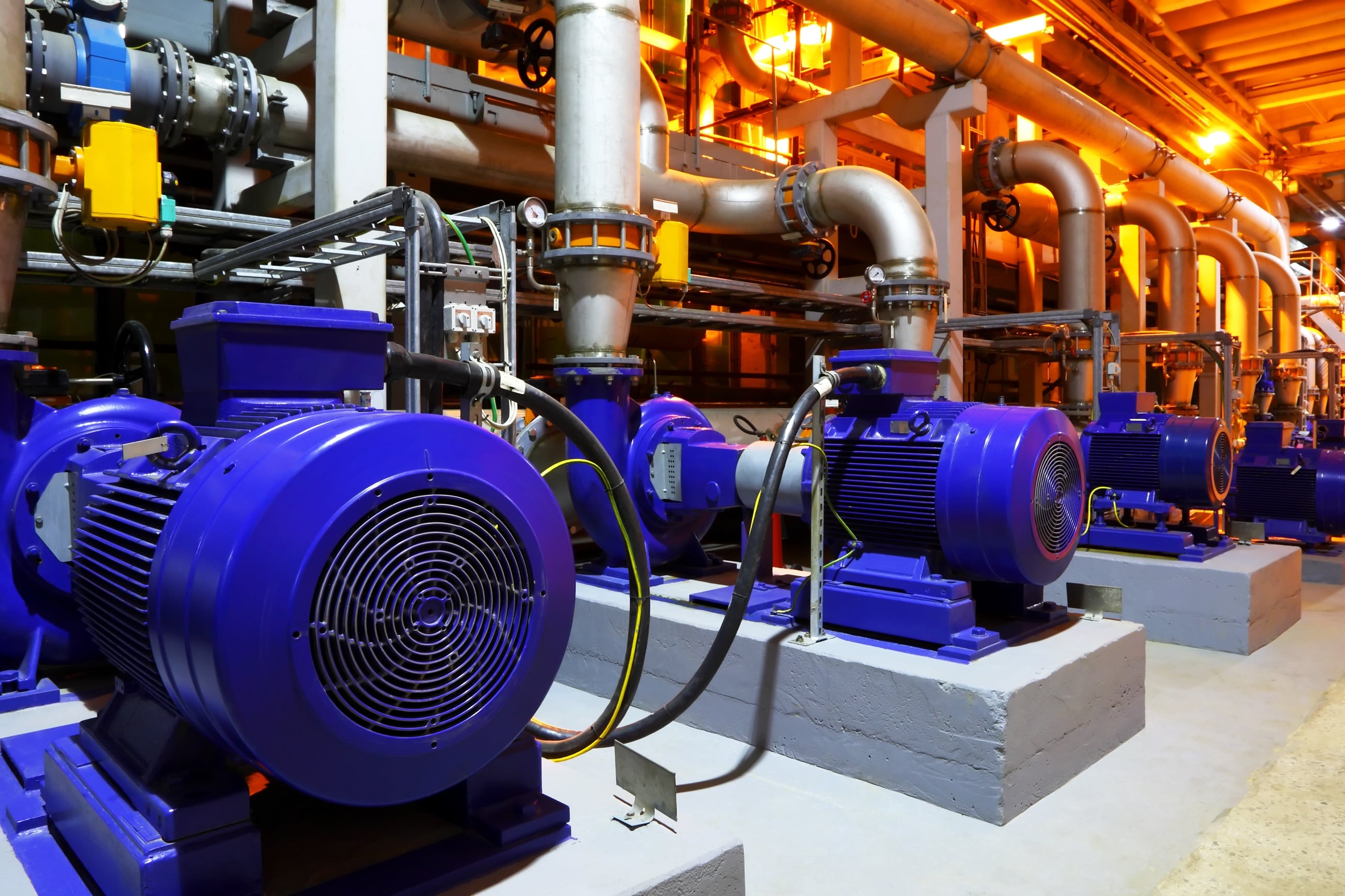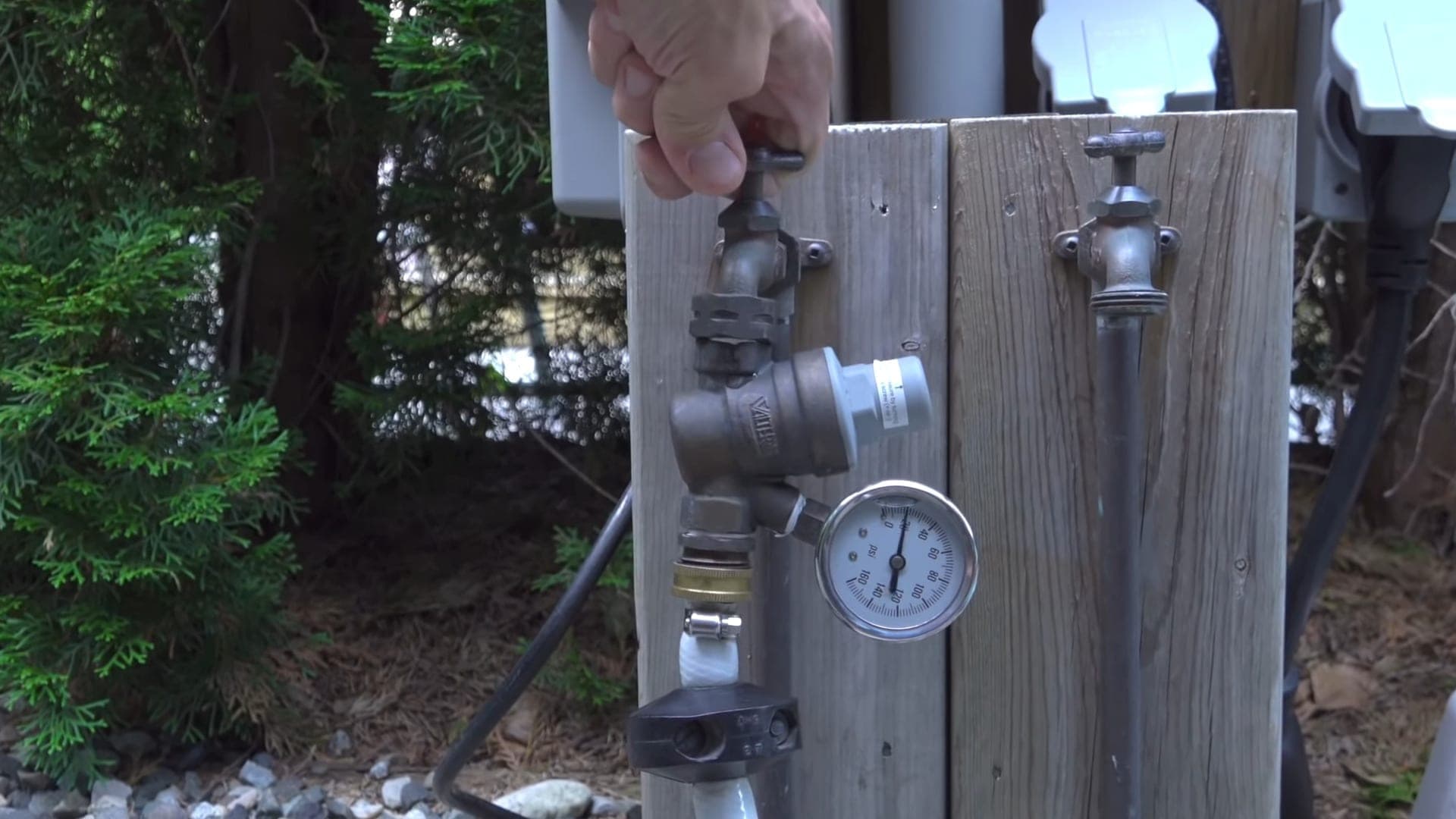Your Definitive Instruction to Fixing Low Water Pressure in Your Home
Your Definitive Instruction to Fixing Low Water Pressure in Your Home
Blog Article
What are your thoughts about Low Water Pressure in the House??

Low water pressure in your home can be a discouraging trouble, impacting everything from bathing to washing recipes. If you're experiencing weak water flow, there are numerous possible reasons and services to discover. In this guide, we'll review common factors for low tide pressure and sensible steps to address the concern effectively.
Introduction to Low Tide Stress
Low tide pressure takes place when the circulation of water from your taps, showers, and various other components is weak than common. This can make day-to-day jobs more difficult and much less reliable. Understanding the reasons for low water pressure is critical to locating the appropriate solution.
Usual Causes of Low Tide Stress
Faulty Stress Regulators
Pressure regulators are responsible for maintaining regular water stress in your home. If they malfunction, it can result in low tide pressure or uneven circulation throughout your home.
Metropolitan Water Supply Issues
In some cases, the problem lies outside your home. Community supply of water problems, such as main line leakages or maintenance work, can momentarily reduce water pressure in your location.
Pipe Obstructions
Gradually, pipelines can become blocked with natural resource, debris, or debris, restricting the flow of water. This is an usual issue in older homes with galvanized steel pipelines.
Rust
Deterioration within pipes can lead to leaks and lowered water pressure. Rust build-up can constrict water flow, especially in maturing plumbing systems.
Just How to Detect Low Water Stress
Checking Pipes
Examine noticeable pipes for indications of leaks, deterioration, or clogs. Pay attention to any type of uncommon sounds, such as banging or rattling pipes, which can suggest problems within the plumbing system.
Consulting with a Plumber
If you're incapable to identify the cause of low water stress, think about hiring an expert plumber to carry out an extensive evaluation. They can determine underlying concerns and recommend suitable options.
Examining Taps and Fixtures
Begin by checking the water pressure at different faucets and fixtures throughout your home. If the problem is separated to particular locations, it might show localized issues.
Do It Yourself Solutions to Fix Low Tide Pressure
Flushing Water Heater
Sediment buildup in the hot water heater can restrict circulation and minimize effectiveness. Flushing the tank periodically helps remove sediment and maintain optimal performance.
Checking Pressure Regulator
Guarantee that the pressure regulator is operating appropriately. Readjusting or changing the regulator can assist restore proper water stress throughout your home.
Cleaning Up Aerators and Showerheads
Mineral deposits can build up in aerators and showerheads, reducing water circulation. Eliminate and clean these parts consistently to enhance water pressure.
Clearing Up Clogs in Pipeline
For small blockages, attempt utilizing a plumbing serpent or chemical drainpipe cleaner to clear blockages in pipelines. Be cautious when using chemicals and follow safety guidelines.
When to Call a Professional Plumber
If DIY efforts fail to deal with the problem or if you believe considerable plumbing problems, it's finest to look for support from an accredited plumber. They have the know-how and devices to resolve intricate problems securely and effectively.
Safety Nets to Preserve Water Pressure
Installing a Stress Booster
Consider setting up a stress booster pump to improve water pressure in areas with continually low flow. This can be specifically valuable for multi-story homes or buildings with high-demand components.
Surveillance Water Usage
Be mindful of water usage habits and stay clear of overtaxing the plumbing system. Easy changes, such as staggering showers and laundry tons, can aid preserve ample water stress.
Regular Maintenance
Set up regular upkeep for your plumbing system to prevent concerns such as deterioration, leaks, and obstructions. Addressing small issues early can help prevent more considerable fixings in the future.
Conclusion
Handling low water pressure can be frustrating, however identifying the underlying reasons and executing suitable options can restore ideal flow throughout your home. Whether it's cleaning up aerators, checking pipes, or seeking advice from a plumber, taking proactive steps can guarantee a stable supply of water for your daily needs.
How to Fix Low Water Pressure In Your Home
Municipal Water Supply Issues
Scheduled maintenance, high demand, and water main breaks are all potential causes for low water pressure within a city or county’s water lines. While there’s not much you can do to personally fix a problem with your city or county’s water supply system, you can play a big role in documenting the issue and alerting those who can.
How to fix it:
Ask your neighbors if they are experiencing any issues with low water pressure. If multiple homes are affected, it’s likely related to the city’s water line. Contact the local Water Authority to see if there is any maintenance taking place that might be affecting your supply. Also let them know of your specific issues. If other homeowners report the same issues, they’ll know that there could be a larger issue to look into. Faulty Fixtures
A damaged or clogged shower head, faucet or appliance is the first thing we’d suggest checking, especially if low water pressure appears to be isolated to a specific area of your home.
How to fix it:
First, turn off the main water supply to your home. Check the affected appliances for build-up or debris. In the case of a faucet, you can simply unscrew the aerator at the tip of the faucet. Showerheads should be fully detached from the water pipe. While the appliances are detached, you may want to check the water supply to determine if the fixtures were in fact the issue. To clean, soak the showerhead or aerator in vinegar and brush off any visible debris. Reattach the fixtures and check the water pressure again. If it is still low, there is likely a deeper issue at hand, which can be determined by a professional plumber. Pipe Obstructions
Mineral deposits, rust or other debris within water pipes can lead to blockages or corrosion over time.
How to fix it:
When you think of a clog, you probably think of a drain clog. While there are many DIY solutions to clearing a drain, clogs in a water pipe will almost always require the help of a professional plumber. A plumber will be able to locate the affected pipe and clean out any debris or mineral deposit buildup. In severe cases, the pipe may need to be replaced. Your plumber might also recommend a water softening system to remove the minerals from your home’s water supply that can contribute to pipe blockages over time.
Plumbing Leak
Undetected water line leaks can divert water away from your residential pipes, reducing the water pressure in your fixtures.
How to fix it:
Check your water meter by turning off all water sources and monitoring the meter for any movement, which could be a clear indicator of a potential leak. Check all visible pipes for signs of leaking, including water stains, active dripping or damp spots around the pipe. Inspect fixtures, including faucets and showerheads, for any drips. Test the pressure but recording the pressure with the main water valve shut off. Leave off for a few hours and test again. A significant drop in pressure is a clear sign of a leak. https://kiddcoplumbing.com/plumbing-blog/how-to-fix-low-water-pressure/

I found that post about 10 Reasons for Low Water Pressure in Your House when surfing the internet. Are you aware of another individual who is fascinated about 10 Reasons for Low Water Pressure in Your House? Do not hesitate to promote it. Thank-you for taking the time to read it.
Schedule Service Now Report this page